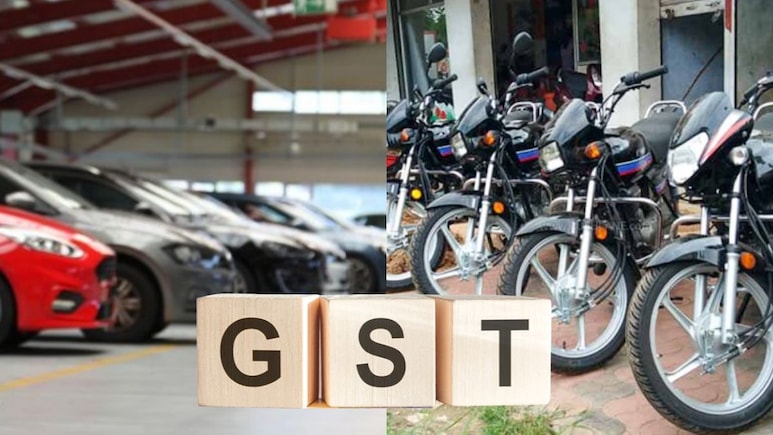
The GST Council's decision to reduce the Goods and Services Tax on small cars and motorcycles up to 350 cc has brought a wave of happiness among the automobile and auto component industry, industry experts said.
Under the revised GST structure, rates on small passenger vehicles, two-wheelers up to 350 cc (nearly 90 per cent of the segment sales), commercial vehicles (CVs) and three-wheelers will drop to 18 per cent from 28 per cent, effective from September 22, the first day of Navaratri.
Shailesh Chandra, President of the Society of Indian Automobile Manufacturers (SIAM), said, "The automobile industry welcomes the government's decision to reduce the GST rate on vehicles, especially in this festive season. This timely step will bring new enthusiasm to the consumers and bring new momentum to the Indian automotive sector. These announcements will greatly benefit first-time vehicle buyers and middle-income families."
SIAM, the largest organisation of automobile manufacturers, has also welcomed the decision of the GST Council to continue the GST rate of five per cent on electric vehicles. The organisation believes that this decision will help in maintaining the pace of development in the sustainable mobility sector, apart from helping improve ease of doing business, boosting the industry. Further, the move will resolve classification interpretations and reform the inverted duty structure will significantly streamline business processes in the automotive sector.
Mr Chandra said the government will also soon notify the appropriate arrangement for the use of compensation cess on unsold vehicles, which will ensure a smooth and effective transition.
Venkataram Mamillapalle, Renault India Managing Director, said the GST rate classification into a two-slab structure of 5 per cent and 18 per cent is a historic reform for the Indian economy. "This is indeed a pre-festival gift from the government, which boosts consumer sentiment, reduces household spending and strengthens confidence in long-term growth. For the automobile sector, this move is transformational. The reduction in GST on the entry-level car segment (petrol vehicles below 1200 cc and diesel vehicles below 1500 cc) from 28 per cent to 18 per cent and a uniform rate of 18 per cent for auto components makes personal mobility significantly more affordable for the masses," he said.
Renault India estimates that the rationalised GST will reduce household expenditure and fuel consumption, and have a multiplier effect on long-term economic growth. With reduction in taxes on tractors, agri-inputs and farm equipment, the GST reform will boost rural demand, strengthen agri-enterprises, and open up new avenues of growth in semi-urban and rural India, Mr Mamillapalle said. It will open up new demand in Tier 2, Tier 3 and rural markets, where rising incomes in the agricultural sector are driving aspirations for car ownership and will contribute strongly to India's economic momentum, he added.
Mid- and larger passenger vehicles will also see a 3-7 per cent cut, while tractors will benefit from a reduction to 5 per cent and 18 per cent from 12 per cent and 28 per cent, respectively. In contrast, motorcycles above 350 cc will face a higher levy, moving to a 40 per cent special rate, compared with the current 31 per cent, including compensation cess, making them costlier.
Track Latest News Live on NDTV.com and get news updates from India and around the world

